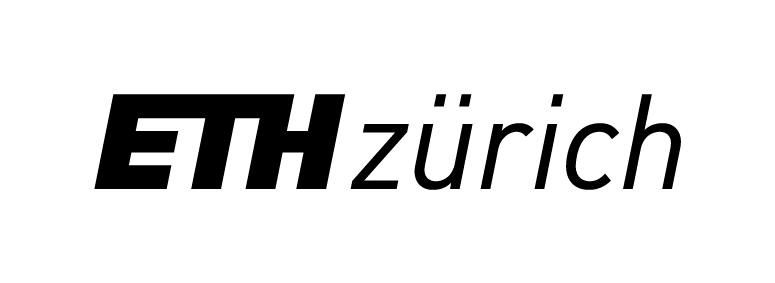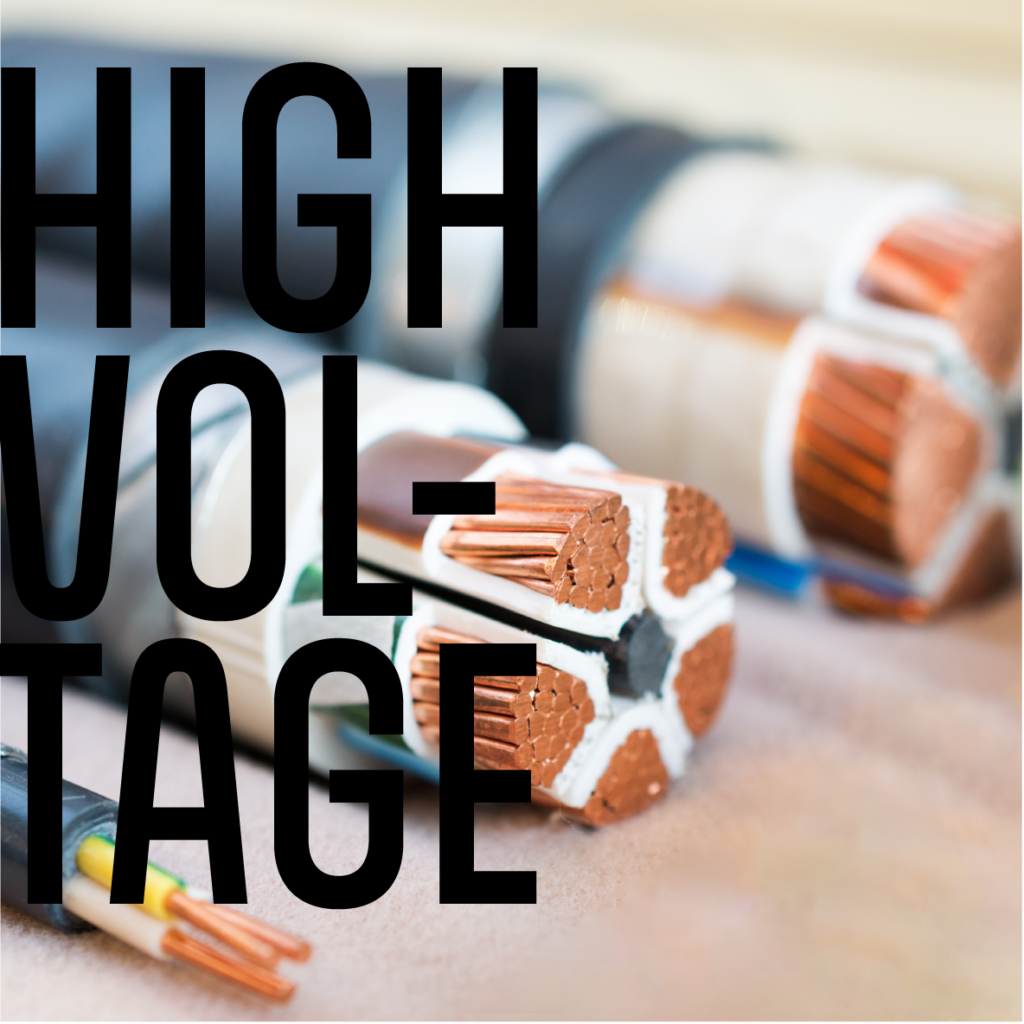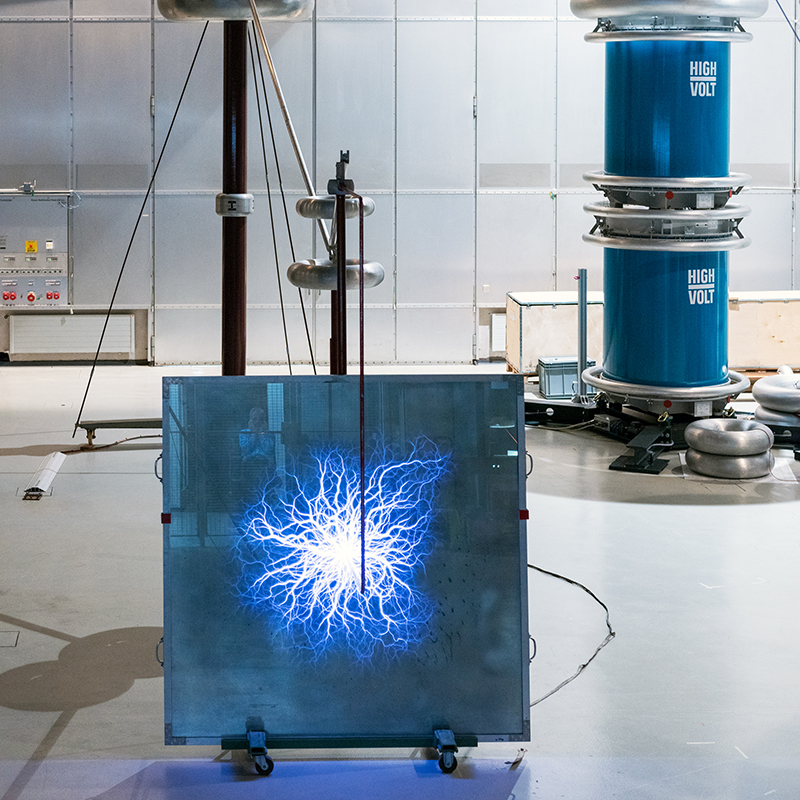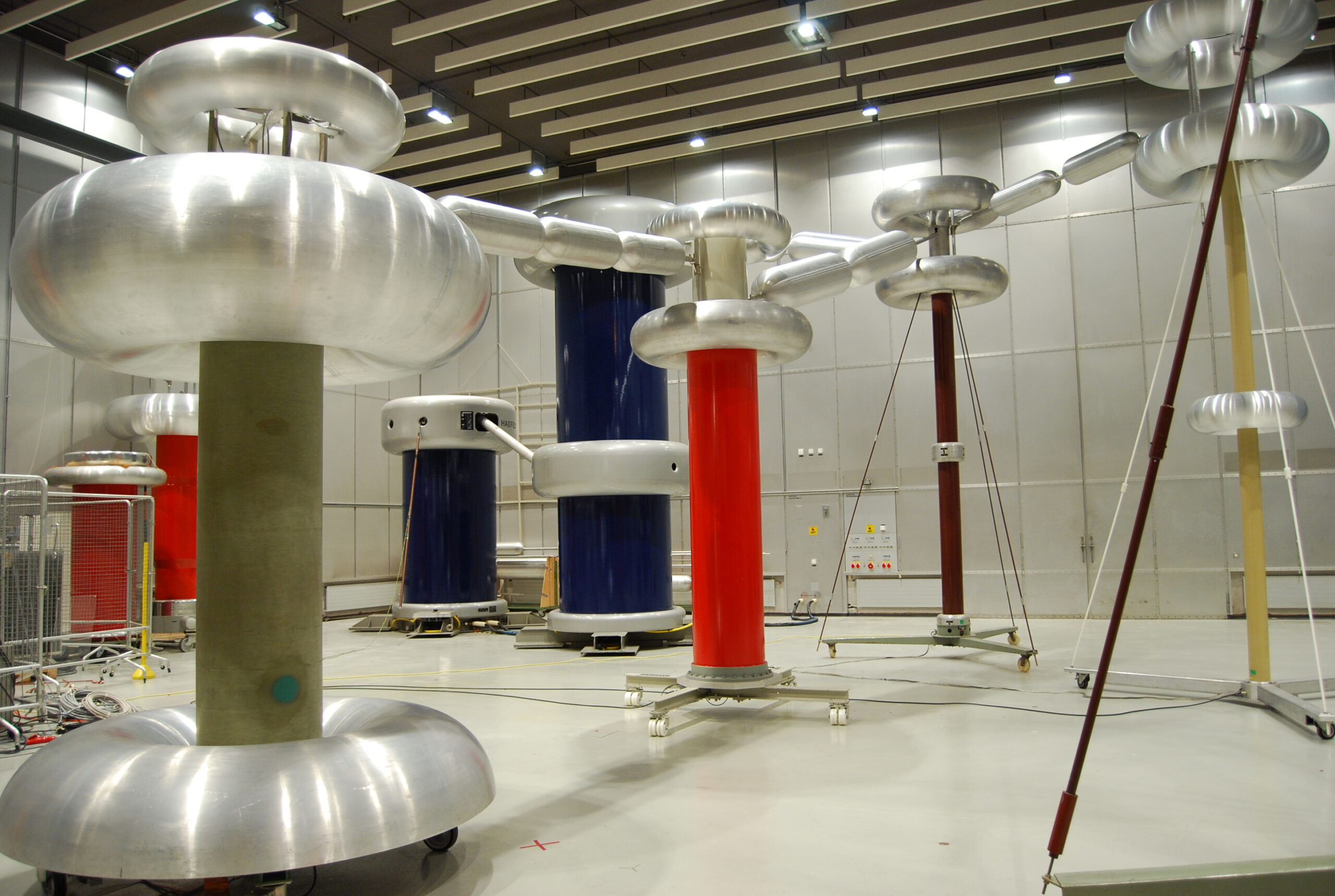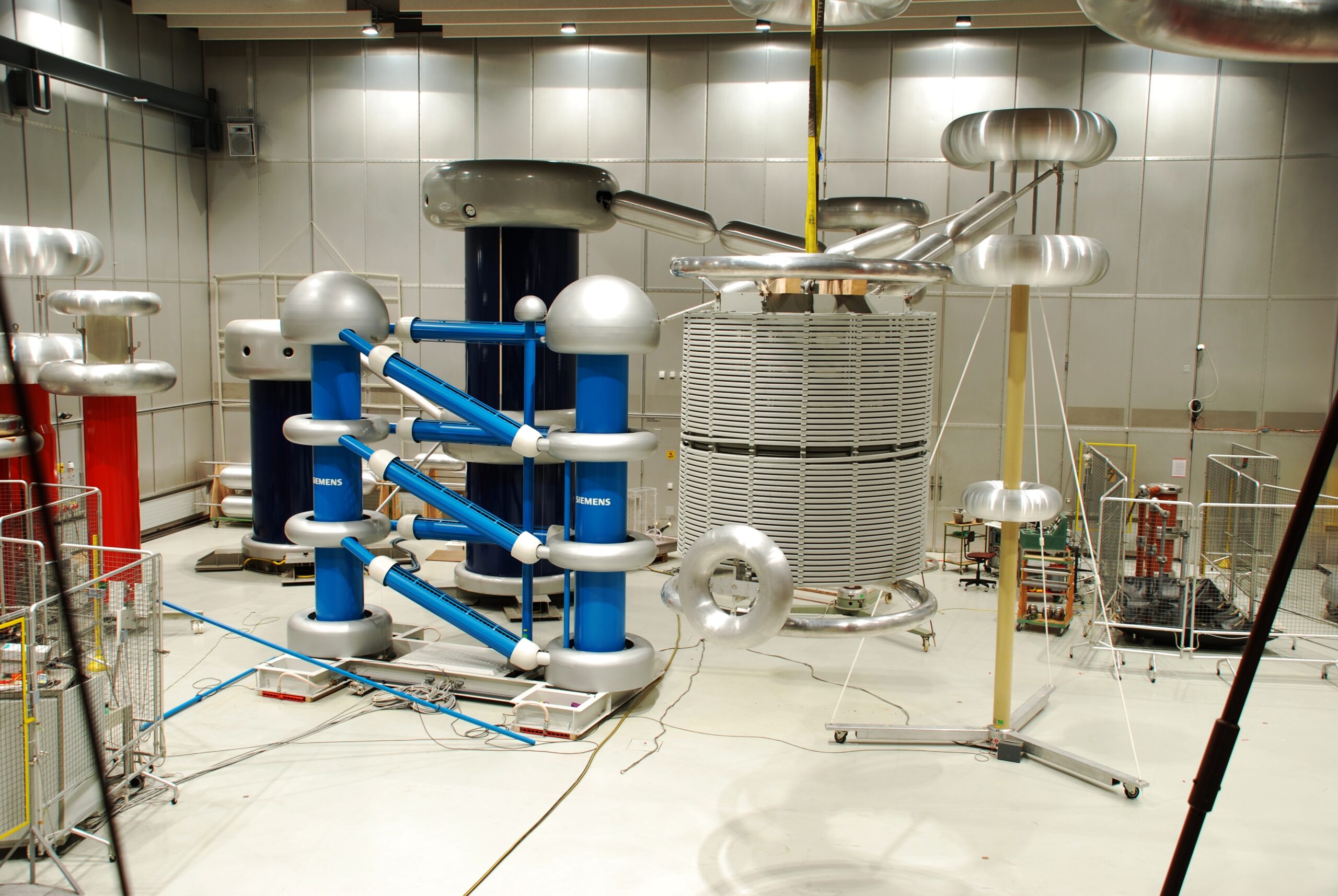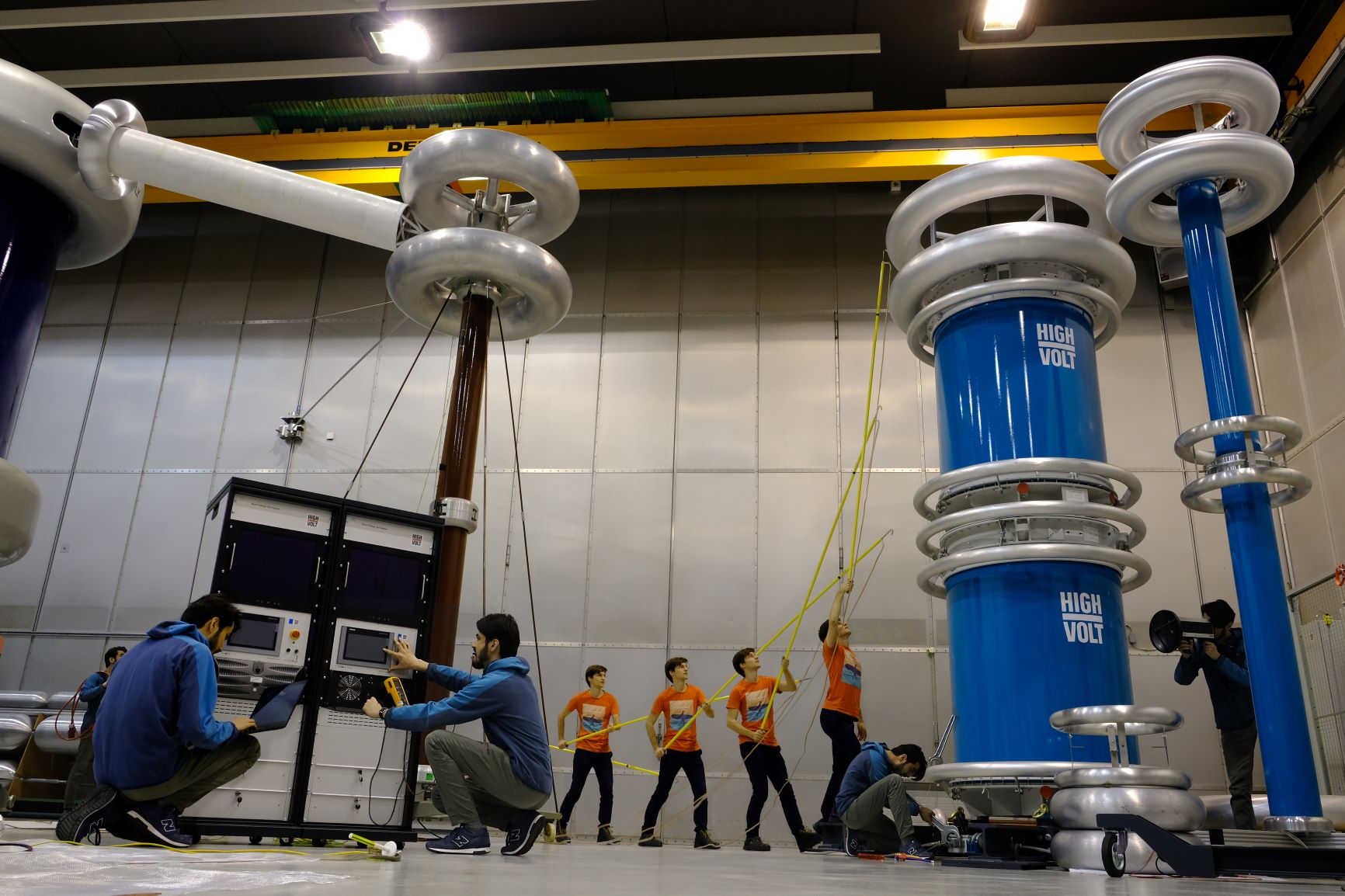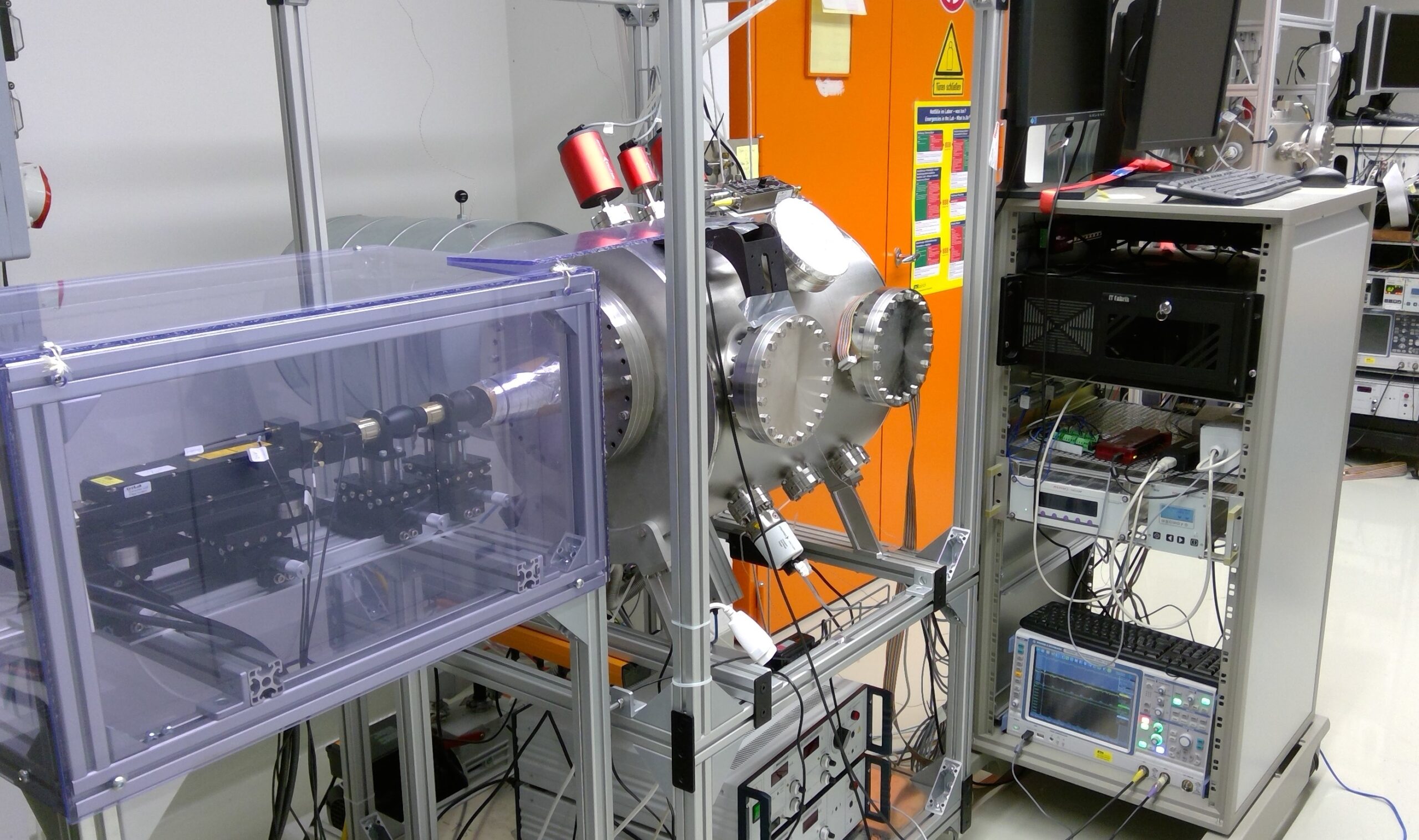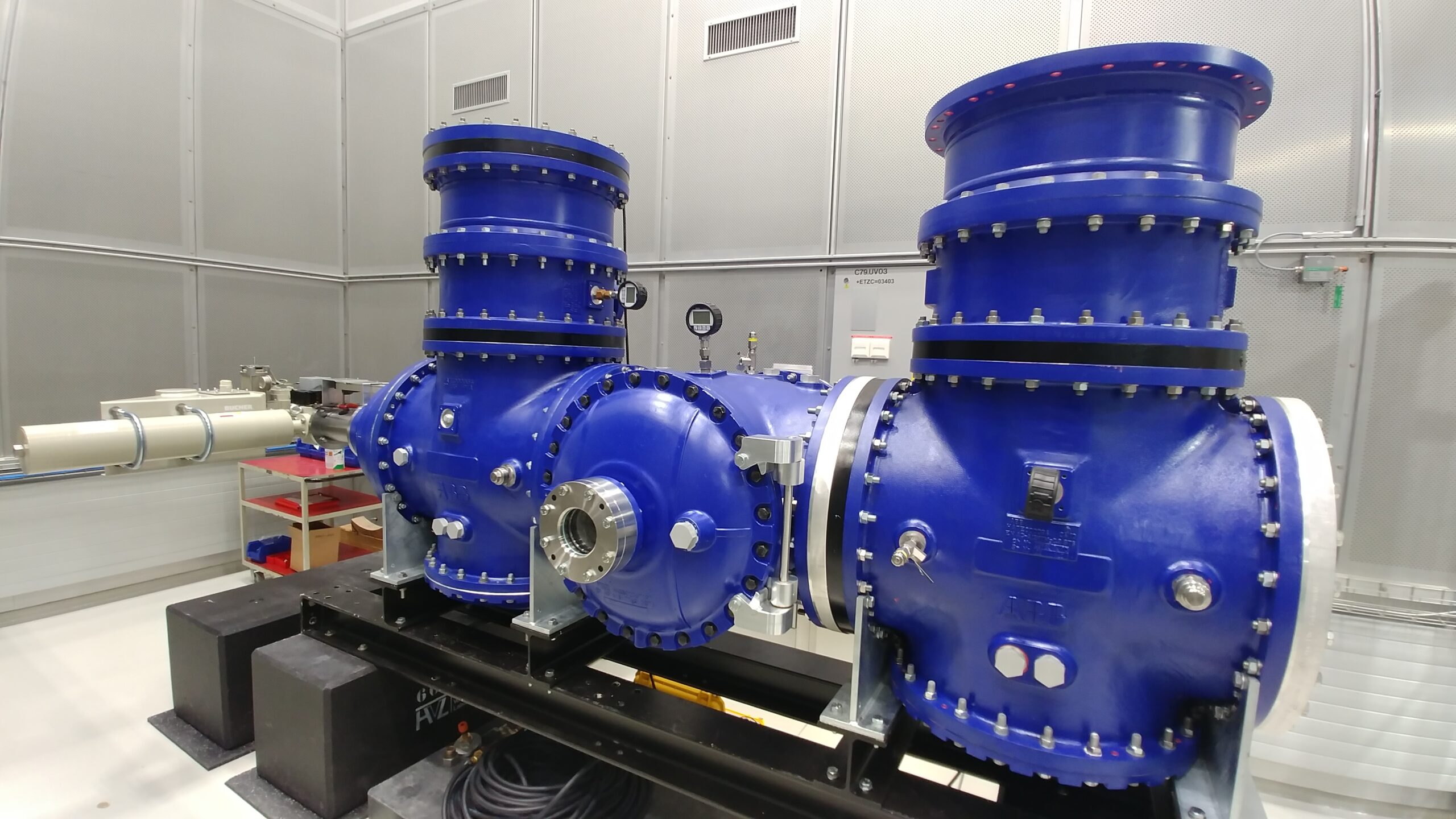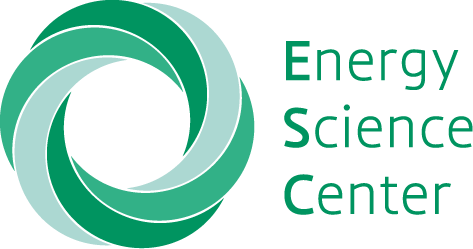High Voltage
High voltage cables
Electricity is a superior form of energy because it is very versatile, can be efficiently transformed and used in many applications. In addition, it can be transported over long distances with low losses. It is central for the energy transition as it can be generated from renewable sources (wind and solar) and can replace fossil fuels in e.g. heating and private transport. High voltage underground cables and overhead power lines are key for the electric power grid as they connect producers and consumers on the transmission and distribution levels.
The High Voltage Laboratory (HVL) at ETH Zurich focusses on technologies for future electric power transmission systems, including high-voltage gaseous insulation systems and future overhead power transmission lines. Research output directly supports manufacturers and utilities in their role to drive the energy transition in the electric power industry.
The energy transition does not only involve the replacement of fossil fuels, but also requires the use of power equipment components causing less impact on the environment. Many of the currently used insulation materials are problematic because they cannot be recycled easily (e.g. cross-linked polyethylene used in underground cables) or they contribute to global warming (e.g. sulfur hexafluoride used in high-voltage circuit breakers) and because toxic byproducts are released during their production (e.g. epoxy used in gas insulated switchgear). The insulation and aging behavior of novel alternative and environmentally friendly replacement materials needs to be understood in detail to ensure reliable and long-lived components. HVL is involved in extensive research efforts in these areas.
Furthermore, reaching challenging climate goals, energy policy and deregulated electricity markets will entail an increasing demand for electrical energy. In turn this will require an increase in the transmission network capacity. However, new overhead lines cannot always be built quickly enough due to regulations and public acceptance. To tackle this problem HVL engages in projects that assess the possibility of increasing the transmission capacity of existing lines without (or with minimum) constructional changes. In collaboration with partners, public acceptance of these new technical solutions is investigated as well as critical constraints that influence the technical optimization procedures.
Links
A Unified Sensor Platform for Investigating Corona Effects on Overhead Lines
Transmission and Distribution Equipment: Providing Intelligent Maintenance
On the Frequency Dependence of the PDIV in Twisted Pair Magnet Wire Analogy in Dry Air
Influence of mixed-frequency medium-voltage and environmental stress on the aging of epoxy
Correlation of the Surface Wettability and the Audible Noise Emission of Overhead Line Conductors
